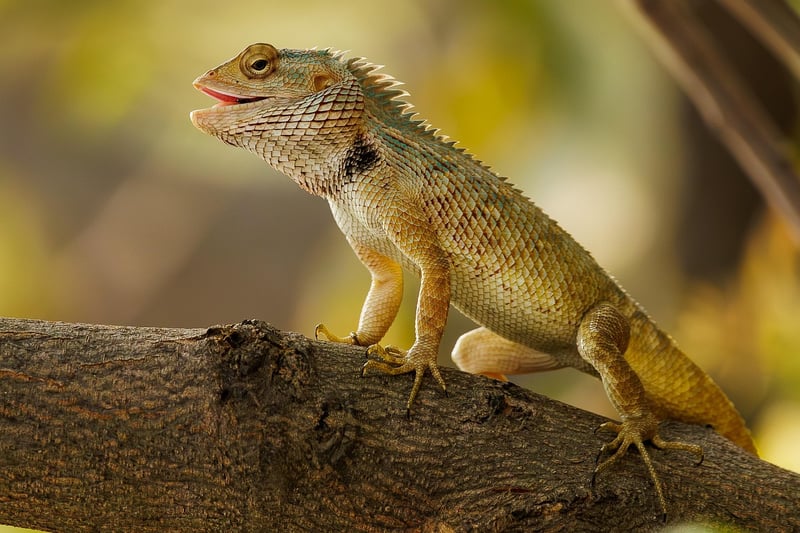Troubleshooting
Connect with Other Gardeners + Troubleshooting
Introduction
Welcome to the world of gardening! Whether you are a seasoned gardener or just starting out, connecting with other gardeners can be a rewarding experience. In this article, we will explore ways to connect with fellow gardening enthusiasts and offer some troubleshooting tips to help you overcome common challenges in your garden.
Connect with Other Gardeners
Joining a gardening community can provide you with valuable insights, tips, and support. Here are some ways to connect with other gardeners:
- Join local gardening clubs or societies
- Attend gardening workshops and events
- Participate in online gardening forums and social media groups
- Visit botanical gardens and nurseries
- Organize garden swaps or plant sales in your community
Benefits of Connecting with Other Gardeners:
- Exchange knowledge and experiences
- Get advice on plant selection and care
- Receive support during challenging times in your garden
- Make new friends who share your passion for gardening
Troubleshooting Tips
Every gardener faces challenges along the way. Here are some common gardening issues and how to troubleshoot them:
1. Pests and Diseases
Identify the pest or disease affecting your plants and research organic solutions to control them. Consider using natural predators or beneficial insects to manage pest populations.
2. Nutrient Deficiencies
If your plants show signs of nutrient deficiencies, such as yellowing leaves or stunted growth, test your soil to determine which nutrients are lacking. Amend the soil with organic fertilizers or compost to provide the necessary nutrients.
3. Watering Issues
Overwatering or underwatering can harm your plants. Learn the watering requirements of different plant species and adjust your watering schedule accordingly. Consider using mulch to retain soil moisture.
4. Sunlight Requirements
If your plants are not thriving, check if they are receiving the right amount of sunlight. Some plants prefer full sun, while others thrive in partial shade. Move your plants to a suitable location to ensure they get the required sunlight.
5. Soil Quality
Healthy soil is essential for plant growth. Test your soil pH and structure to ensure it provides adequate nutrients and drainage. Amend the soil with compost or organic matter to improve its quality.
Conclusion
By connecting with other gardeners and learning how to troubleshoot common gardening problems, you can enhance your gardening skills and create a thriving garden. Remember, gardening is a continuous learning process, so don't be afraid to seek help and experiment with different techniques. Happy gardening!


